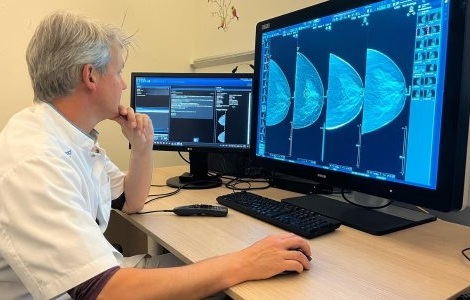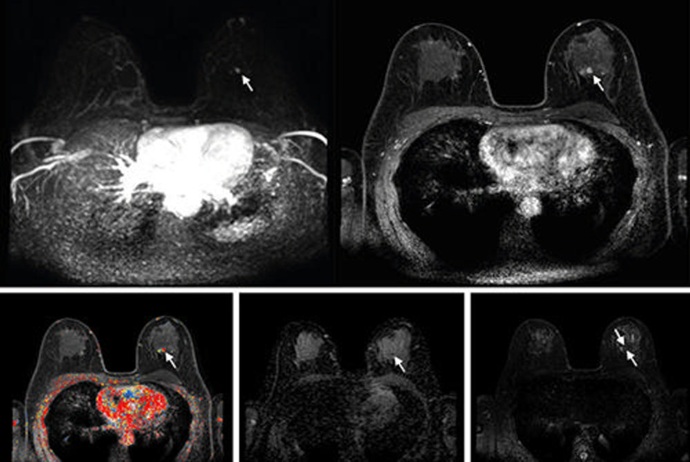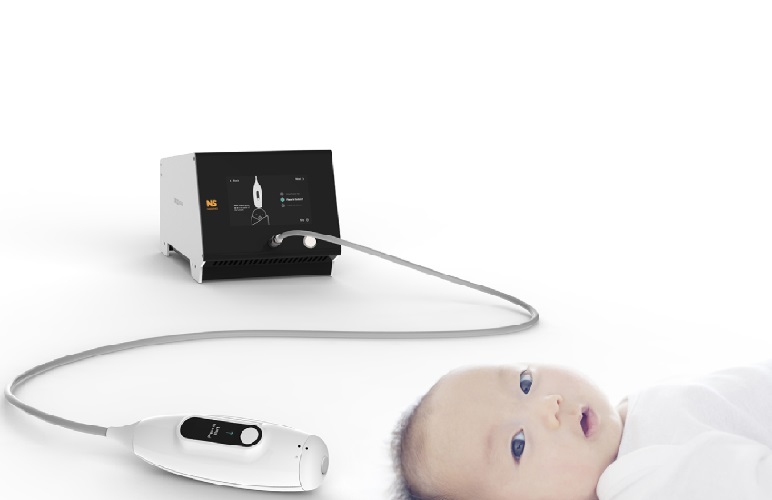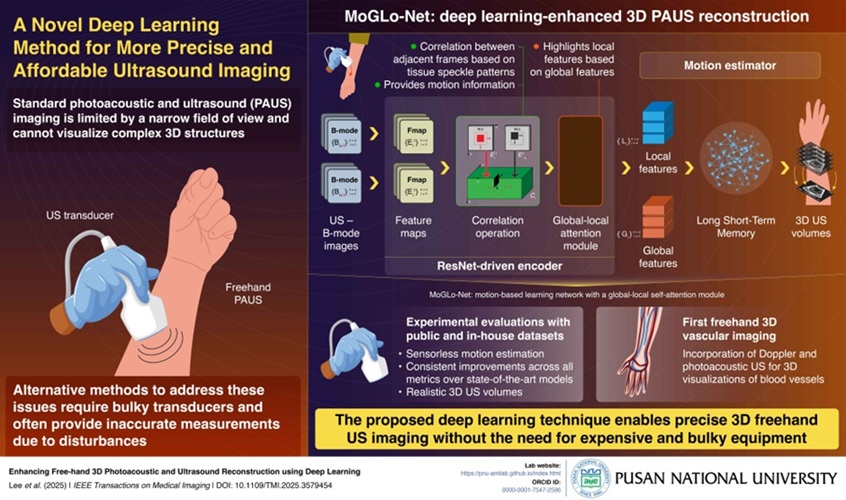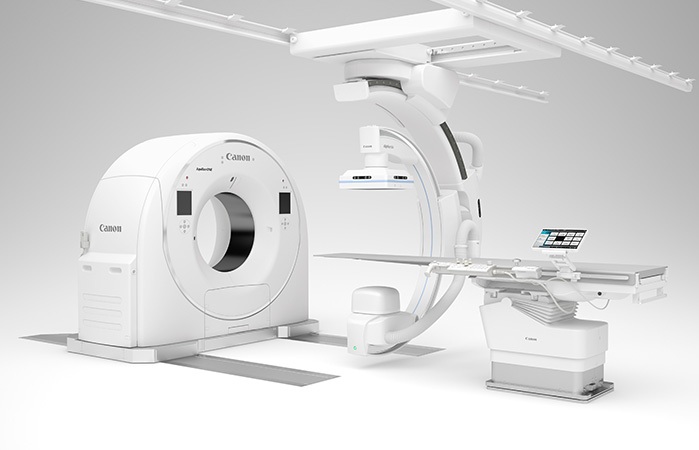Left Breast RT Raises Coronary Artery Disease Risk
|
By MedImaging International staff writers Posted on 06 Oct 2021 |
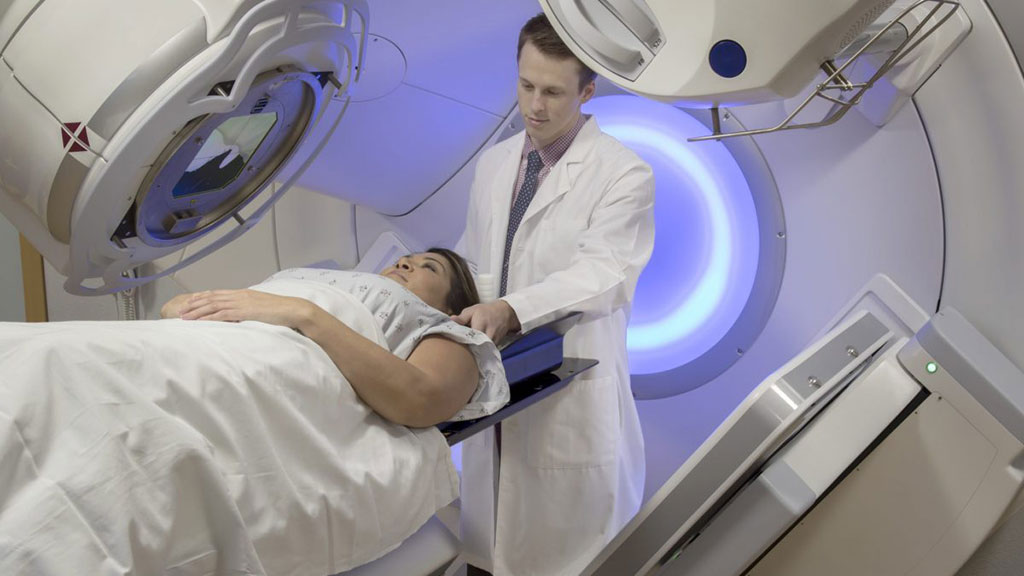
Image: RT to the left breast raises cardiovascular risk (Photo courtesy of Shutterstock)
Women with left-sided breast cancer (BC) undergoing radiation therapy (RT) have double the risk of subsequent heart disease, compared to those with right-sided BC, according to a new study.
Researchers at the University of Toronto (Canada), Memorial Sloan-Kettering Cancer Center (MSKCC; New York, NY, USA), and other institutions conducted a study in 972 women younger than 55 years of age who were diagnosed with BC between 1985 and 2008, and who also completed a cardiovascular health questionnaire. Risk of radiation-associated coronary artery disease (CAD) was then evaluated by comparing women treated with left-sided RT and women treated with right-sided RT.
The results, after a median follow-up time of 14 years, showed that 27.5-year cumulative incidences of CAD for women receiving left sided RT was10.5%, compared to 5.8% in those receiving right-sided RT. For women diagnosed between ages 25-39 years, those who received left-sided RT had a 5.9% incidence of CAD, while those receiving right-sided RT had no CAD. Women between ages 40-54 years experienced an 18.7% incidence of CAD after undergoing left-sided RT, and 6.8% following right-sided RT. The study was published on September 21, 2021, in JACC: CardioOncology.
“Clinicians caring for younger breast cancer patients should communicate the importance of RT for breast cancer, while explaining the need for long-term attention to the risk of heart disease, particularly for women receiving left-sided radiation therapy,” said lead author Gordon Watt, PhD, a postdoctoral research fellow at MSKCC. “RT is an indispensable part of breast cancer care, and the good news for breast cancer patients is that modern techniques and computerized treatment planning have reduced the amount of radiation that reaches the heart, thereby reducing the risk of developing heart disease.”
Radiation-associated CAD has a latency of at least five years, requiring long-term follow-up of breast cancer survivors. Previous studies in older populations have shown left-sided RT is associated with increased risk of developing CAD, although the level of risk varied between studies. According to the researchers, the risk of heart disease after receiving RT for BC has not been previously evaluated for younger women.
Related Links:
University of Toronto
Memorial Sloan-Kettering Cancer Center
Researchers at the University of Toronto (Canada), Memorial Sloan-Kettering Cancer Center (MSKCC; New York, NY, USA), and other institutions conducted a study in 972 women younger than 55 years of age who were diagnosed with BC between 1985 and 2008, and who also completed a cardiovascular health questionnaire. Risk of radiation-associated coronary artery disease (CAD) was then evaluated by comparing women treated with left-sided RT and women treated with right-sided RT.
The results, after a median follow-up time of 14 years, showed that 27.5-year cumulative incidences of CAD for women receiving left sided RT was10.5%, compared to 5.8% in those receiving right-sided RT. For women diagnosed between ages 25-39 years, those who received left-sided RT had a 5.9% incidence of CAD, while those receiving right-sided RT had no CAD. Women between ages 40-54 years experienced an 18.7% incidence of CAD after undergoing left-sided RT, and 6.8% following right-sided RT. The study was published on September 21, 2021, in JACC: CardioOncology.
“Clinicians caring for younger breast cancer patients should communicate the importance of RT for breast cancer, while explaining the need for long-term attention to the risk of heart disease, particularly for women receiving left-sided radiation therapy,” said lead author Gordon Watt, PhD, a postdoctoral research fellow at MSKCC. “RT is an indispensable part of breast cancer care, and the good news for breast cancer patients is that modern techniques and computerized treatment planning have reduced the amount of radiation that reaches the heart, thereby reducing the risk of developing heart disease.”
Radiation-associated CAD has a latency of at least five years, requiring long-term follow-up of breast cancer survivors. Previous studies in older populations have shown left-sided RT is associated with increased risk of developing CAD, although the level of risk varied between studies. According to the researchers, the risk of heart disease after receiving RT for BC has not been previously evaluated for younger women.
Related Links:
University of Toronto
Memorial Sloan-Kettering Cancer Center
Latest Nuclear Medicine News
- New Imaging Solution Improves Survival for Patients with Recurring Prostate Cancer
- PET Tracer Enables Same-Day Imaging of Triple-Negative Breast and Urothelial Cancers
- New Camera Sees Inside Human Body for Enhanced Scanning and Diagnosis
- Novel Bacteria-Specific PET Imaging Approach Detects Hard-To-Diagnose Lung Infections
- New Imaging Approach Could Reduce Need for Biopsies to Monitor Prostate Cancer
- Novel Radiolabeled Antibody Improves Diagnosis and Treatment of Solid Tumors
- Novel PET Imaging Approach Offers Never-Before-Seen View of Neuroinflammation
- Novel Radiotracer Identifies Biomarker for Triple-Negative Breast Cancer
- Innovative PET Imaging Technique to Help Diagnose Neurodegeneration
- New Molecular Imaging Test to Improve Lung Cancer Diagnosis
- Novel PET Technique Visualizes Spinal Cord Injuries to Predict Recovery
- Next-Gen Tau Radiotracers Outperform FDA-Approved Imaging Agents in Detecting Alzheimer’s
- Breakthrough Method Detects Inflammation in Body Using PET Imaging
- Advanced Imaging Reveals Hidden Metastases in High-Risk Prostate Cancer Patients
- Combining Advanced Imaging Technologies Offers Breakthrough in Glioblastoma Treatment
- New Molecular Imaging Agent Accurately Identifies Crucial Cancer Biomarker
Channels
Radiography
view channel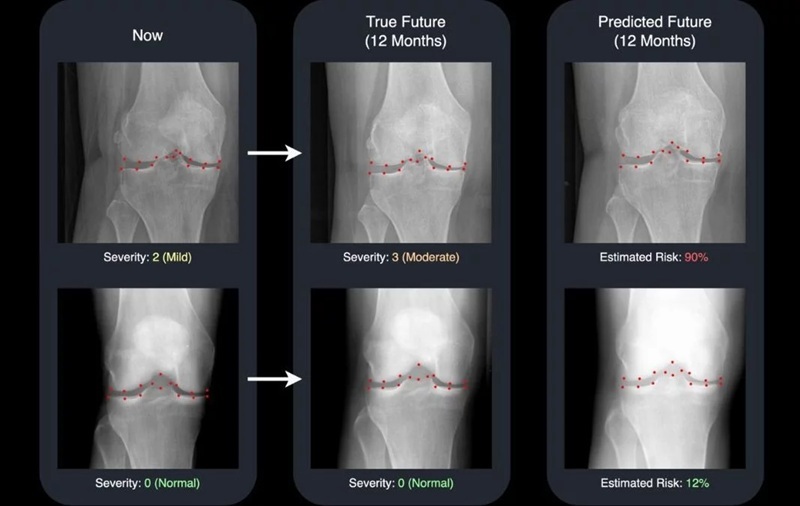
AI Generates Future Knee X-Rays to Predict Osteoarthritis Progression Risk
Osteoarthritis, a degenerative joint disease affecting over 500 million people worldwide, is the leading cause of disability among older adults. Current diagnostic tools allow doctors to assess damage... Read more
AI Algorithm Uses Mammograms to Accurately Predict Cardiovascular Risk in Women
Cardiovascular disease remains the leading cause of death in women worldwide, responsible for about nine million deaths annually. Despite this burden, symptoms and risk factors are often under-recognized... Read moreMRI
view channel
AI-Assisted Model Enhances MRI Heart Scans
A cardiac MRI can reveal critical information about the heart’s function and any abnormalities, but traditional scans take 30 to 90 minutes and often suffer from poor image quality due to patient movement.... Read more
AI Model Outperforms Doctors at Identifying Patients Most At-Risk of Cardiac Arrest
Hypertrophic cardiomyopathy is one of the most common inherited heart conditions and a leading cause of sudden cardiac death in young individuals and athletes. While many patients live normal lives, some... Read moreUltrasound
view channel
Ultrasound Probe Images Entire Organ in 4D
Disorders of blood microcirculation can have devastating effects, contributing to heart failure, kidney failure, and chronic diseases. However, existing imaging technologies cannot visualize the full network... Read more
Disposable Ultrasound Patch Performs Better Than Existing Devices
Wearable ultrasound devices are widely used in diagnostics, rehabilitation monitoring, and telemedicine, yet most existing models rely on lead-based piezoelectric ceramics that pose health and environmental risks.... Read moreGeneral/Advanced Imaging
view channel
AI Tool Improves Medical Imaging Process by 90%
Accurately labeling different regions within medical scans, a process known as medical image segmentation, is critical for diagnosis, surgery planning, and research. Traditionally, this has been a manual... Read more
New Ultrasmall, Light-Sensitive Nanoparticles Could Serve as Contrast Agents
Medical imaging technologies face ongoing challenges in capturing accurate, detailed views of internal processes, especially in conditions like cancer, where tracking disease development and treatment... Read more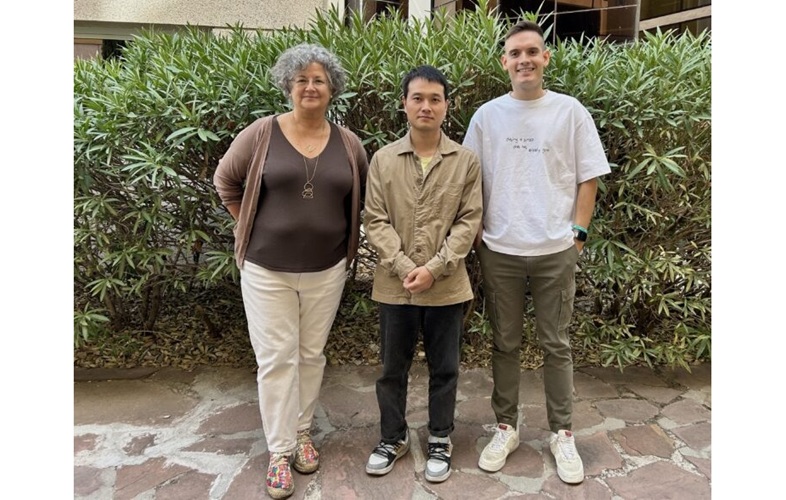
AI Algorithm Accurately Predicts Pancreatic Cancer Metastasis Using Routine CT Images
In pancreatic cancer, detecting whether the disease has spread to other organs is critical for determining whether surgery is appropriate. If metastasis is present, surgery is not recommended, yet current... Read moreImaging IT
view channel
New Google Cloud Medical Imaging Suite Makes Imaging Healthcare Data More Accessible
Medical imaging is a critical tool used to diagnose patients, and there are billions of medical images scanned globally each year. Imaging data accounts for about 90% of all healthcare data1 and, until... Read more
Global AI in Medical Diagnostics Market to Be Driven by Demand for Image Recognition in Radiology
The global artificial intelligence (AI) in medical diagnostics market is expanding with early disease detection being one of its key applications and image recognition becoming a compelling consumer proposition... Read moreIndustry News
view channel
GE HealthCare and NVIDIA Collaboration to Reimagine Diagnostic Imaging
GE HealthCare (Chicago, IL, USA) has entered into a collaboration with NVIDIA (Santa Clara, CA, USA), expanding the existing relationship between the two companies to focus on pioneering innovation in... Read more
Patient-Specific 3D-Printed Phantoms Transform CT Imaging
New research has highlighted how anatomically precise, patient-specific 3D-printed phantoms are proving to be scalable, cost-effective, and efficient tools in the development of new CT scan algorithms... Read more
Siemens and Sectra Collaborate on Enhancing Radiology Workflows
Siemens Healthineers (Forchheim, Germany) and Sectra (Linköping, Sweden) have entered into a collaboration aimed at enhancing radiologists' diagnostic capabilities and, in turn, improving patient care... Read more












